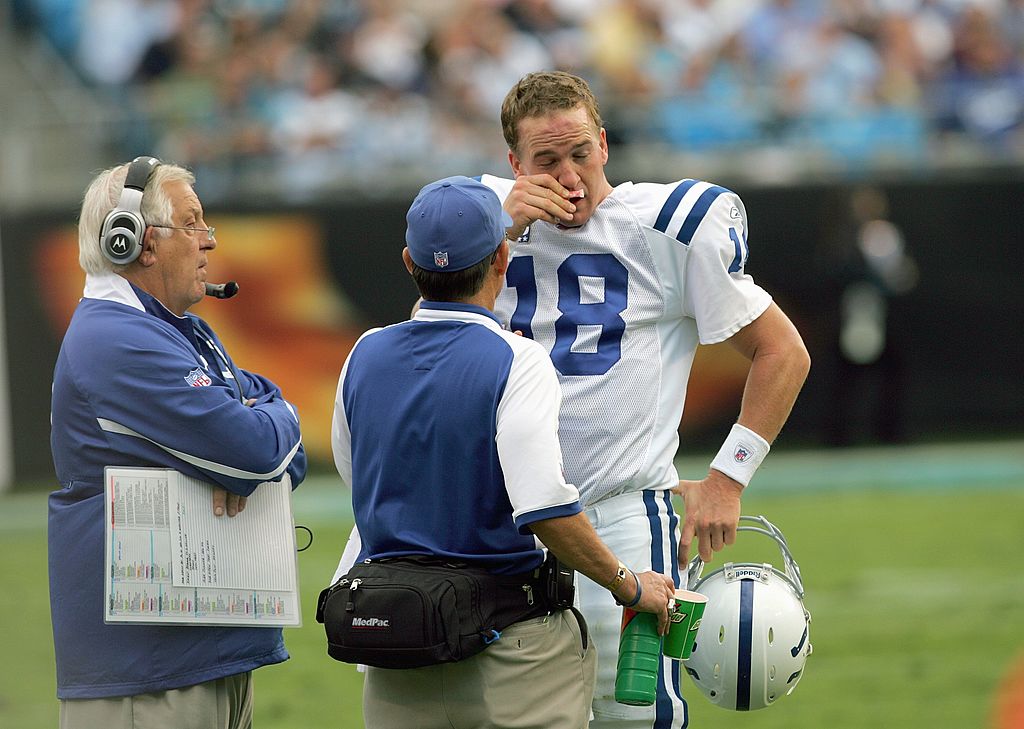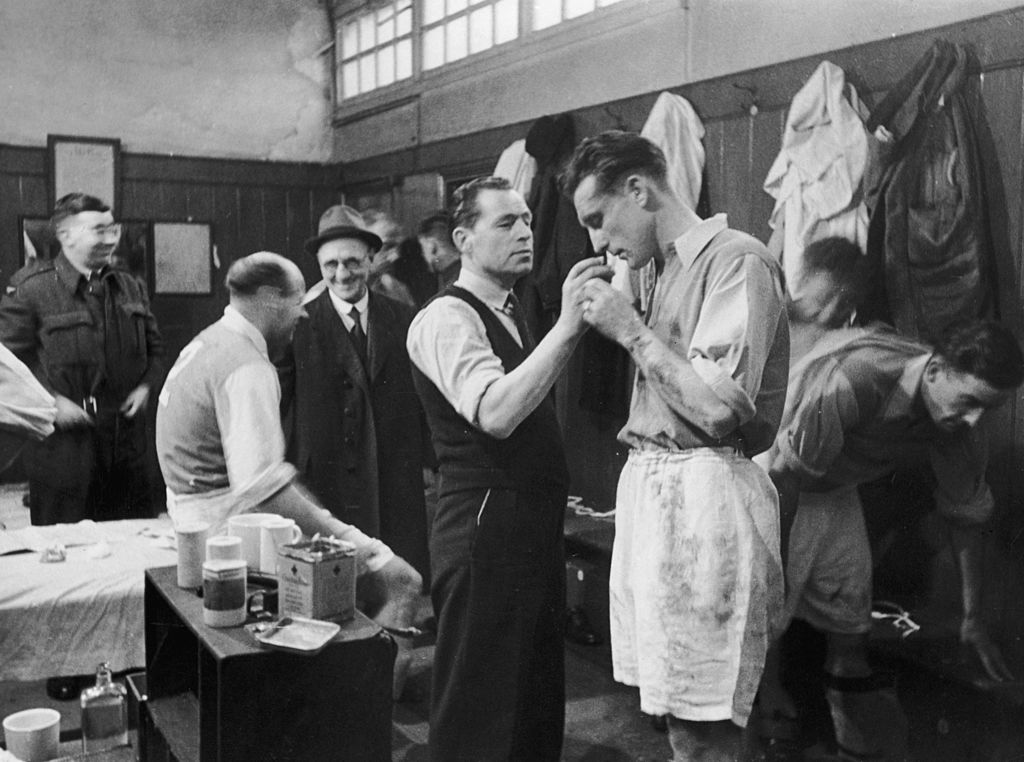NFL
Why Do Athletes Use Smelling Salts?

You’ve likely seen it happen on the sidelines before the start of an NFL game. A player holds a tiny little packet mere inches from his nose and takes in a deep breath. The player’s head reflexively snaps back. So why do players use smelling salts? Are they effective?
What are smelling salts, and how do they work?
Each sealed white plastic wrapper contains a mix of alcohol, ammonia, and water. When the seal on a packet is broken, ammonia gas is immediately released. The gas irritates the nasal membranes and lungs when the person inhales. This irritation triggers a sharp inhalation reflex, which brings more air into the lungs and allows the oxygen to flow rapidly to the brain. The person begins to breathe faster and feels more alert.
Smelling salts have traditionally been used in cases where someone has fainted or blacked out. The instant stimulation from the smelling salts and the body’s increase in respiration, blood pressure, and heart rate may help the person regain consciousness.
Use of smelling salts in sports

While the usage of smelling salts can be traced back to Roman times, there’s no definitive time period that indicates when athletes started using the packets as a type of energy boost. Photos reveal English soccer players began using smelling salts back in the 1940s.
The use of smelling salts in American sports first became popular in boxing as trainers used it to revive fighters who had been stunned or knocked unconscious. Interestingly, it’s banned in boxing today.
While boxing no longer allows the use of smelling salts, there is no such prohibition in the major American sports leagues like the NHL, NFL, and MLB, where its use has been commonplace for years.
Former NFL quarterback and current Fox NFL co-host Terry Bradshaw said his teammates regularly used smelling salts when he played in the 1970s.
Terry Bradshaw
When I played for the Steelers, and I got my bell rung, I’d take smelling salts and go right back out there. All of us did that. We didn’t know any better. You don’t know how many times I was in the huddle, asking my teammates to help me call a play. After a few minutes, I’d be fine, and I’d keep playing just like nothing had happened.
In 2005, NFL Hall of Famer Michael Strahan estimated between 70 and 80 percent of all football players used smelling salts during a game.
Does it actually work?
Despite the numerous testimonials by athletes endorsing smellings salts and their benefits, there is no scientific evidence that validates the argument.
“In the medical community, it is not something that is used. It’s more like folklore medicine,” said neurologist Erin Manning of Hospital for Special Surgery in New York.
Manning said the medical community frowns upon their use, especially in situations similar to what Bradshaw described because the use of smelling salts can mask the symptoms of the underlying condition.
“If it was going to mask symptoms, it would be for a very brief period of time,” Manning said. “It’s not going to change the underlying process of the concussion. It’s possible that there could be mild symptoms in the beginning, and it could make them harder to find.”
Despite the medical community’s recommendations, don’t expect to see those little white packets disappear from the sidelines anytime soon. After decades of use, it’s too ingrained in the sports culture. Unless the leagues prohibit their use, athletes will continue using them and swear by their effectiveness, even though it’s scientifically proven to be untrue.











